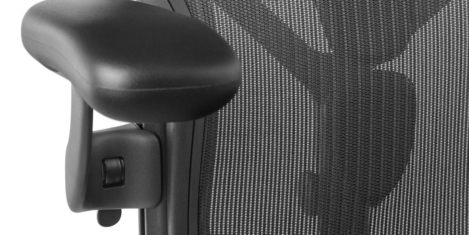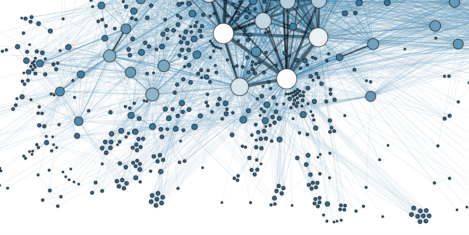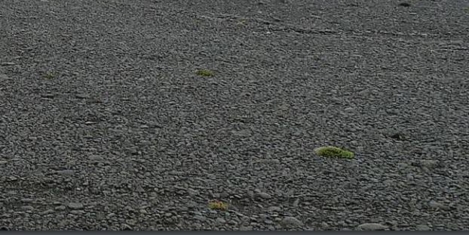November 9, 2016
When art meets brand; James Burke, Acrylicize in conversation with Roger Beckett 0
Following on from the successful collaboration between Bisley and Acrylicize during Clerkenwell Design Week 2016, the two organisations will join forces once more for a discussion about the impact art can have in the workplace. James Burke, Co-Founder and Creative Director of Acrylicize, will be joined by Roger Becket, the launch publisher the iconic design publications Design Week and Creative Review, and most recently founding the international art competition, Pintar Rapidao.
Acrylicize is an Art Collective which examines the relationship between art and brand to design and develop thought provoking and visually exciting statements for, and about, commercial entities and organisations. In the course of his discussion with Roger, James will reveal the creative influences that led him to explore the relationship between art and brand and its commercial currency, sharing insights into some of the high profile projects his team has worked on with brands such as The Office Group, Coca-Cola and Google.
The event takes place at the Bisley showroom in Central London on the 24th November. For further information contact: events@bisley.com or call + 44 (0) 07780 956291




































October 24, 2016
How and why employee fitness became part of the corporate agenda 0
by Michael Page • Comment, Wellbeing, Workplace design
More →